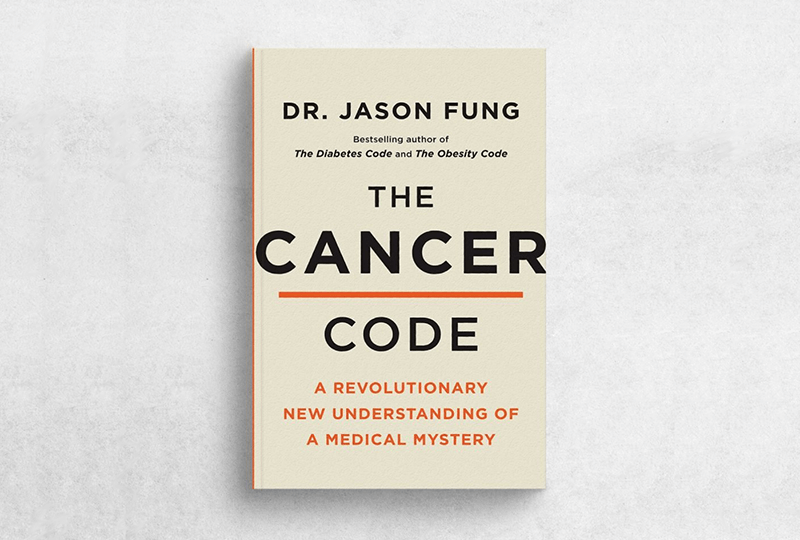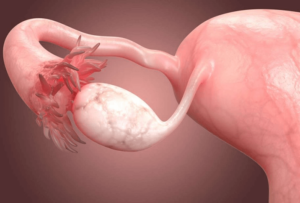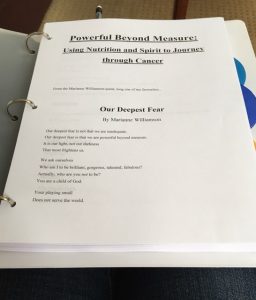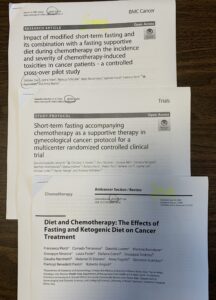I have just finished listening to Dr. Jason Fung’s newest book, The Cancer Code, just released five days ago on Nov 10. This is book three of his Wellness Code series, following The Obesity Code and The Diabetes Code. Dr. Fung is a nephrologist (kidney specialist) in the Toronto area who has deeply analytical mind for unravelling medical mysteries. He looks way past the surface of symptoms and diagnostic test results and delves deep into the root causes of disease, particularly the “chronic diseases of civilization” that are ravaging us now, but were relatively uncommon before the last hundred years or so. He has turned his attention this time to the mystery of cancer.
He uses the metaphor of the “seed” and the “soil” The seed is the cancer cell itself and the “soil” is the environment. Like the biblical parable, a seed falling on inhospitable soil does not grow and thrive, but a seed that is planted in nutrient-rich, moist, ideal soil, will flourish and grow. Most of our past attempts at understanding and treating cancer have focused on the seed, aiming our treatments at the characteristics of the cancer cell itself – uncontrolled growth, damaged genetic material, site-specific abnormalities. We have tended to ignore the “soil”, which is the environment that the cancer is trying to grow in. There is a great deal of power to be had by understanding the role of the “soil”, meaning fuel inputs and particularly nutrition.
He has brought together the evidence for a whole new paradigm of understanding cancer, from the most basic “what it is”, to how it behaves, to how it develops and maintains its “hallmark characteristics” of uncontrolled growth, immortality, metastasis (moving around), and non-oxidative metabolism (the Warburg effect). When looked at from the perspective of evolutionary pressures, each of the characteristics of cancer and the changes that a healthy cell undergoes to become cancer, makes perfect sense. None of it is random – it’s a brilliant plan for the damaged cells to survive at all costs.
Although it sounds like this book could be a real downer, I found it to be very hopeful. It makes clear that cancer is a process that is natural and happening in us all the time. Our bodies have elegant mechanisms for cleaning house and preventing damaged cells from progressing to cancer, if we just get out of our own way and allow them to happen. He stresses that cancer happens more because the body has taken its foot off the brake of tumour suppression, not because we’ve hit the accelerator of overgrowth.
There is nothing here that contradicts anything that I have said in Hacking Chemo. That’s a relief to me. But this book has deepened my understanding of what cancer is and how perfectly nature works. And it has also helped me to confirm what I know and share in Hacking Chemo – that we as humans have the ability to have a huge impact on whether cancer develops, how well it develops, how it responds to treatment attempts, why some treatments work and others don’t. Like I said in the title – mind blowing.
I readily admit to being a medical nerd. Nothing pleases me as much as an in-depth explanation to a medical mystery. There are parts of Dr Fung’s book where a reader could get lost in acronyms (lots of letters describing different genes or cellular factors), but it’s possible to skim over that stuff and still come away from this book with a whole new understanding of cancer and what you can do to help yourself to avoid it, treat it, and prevent it recurring.
This is a big picture book. Mine is a small picture book. The Cancer Code looks at cancer as a whole – the history, the physiology, the treatments, the theories. My book brings cancer back down to the individual level – one person’s story, plus a more limited explanation of cancer metabolism and how to impact on cancer treatments and side effects (both physical and mental/spiritual). While Dr. Fung’s book is based on theory and evidence, mine is practical and supports implementation of those theories and that evidence. They are complimentary and both are recommended.




